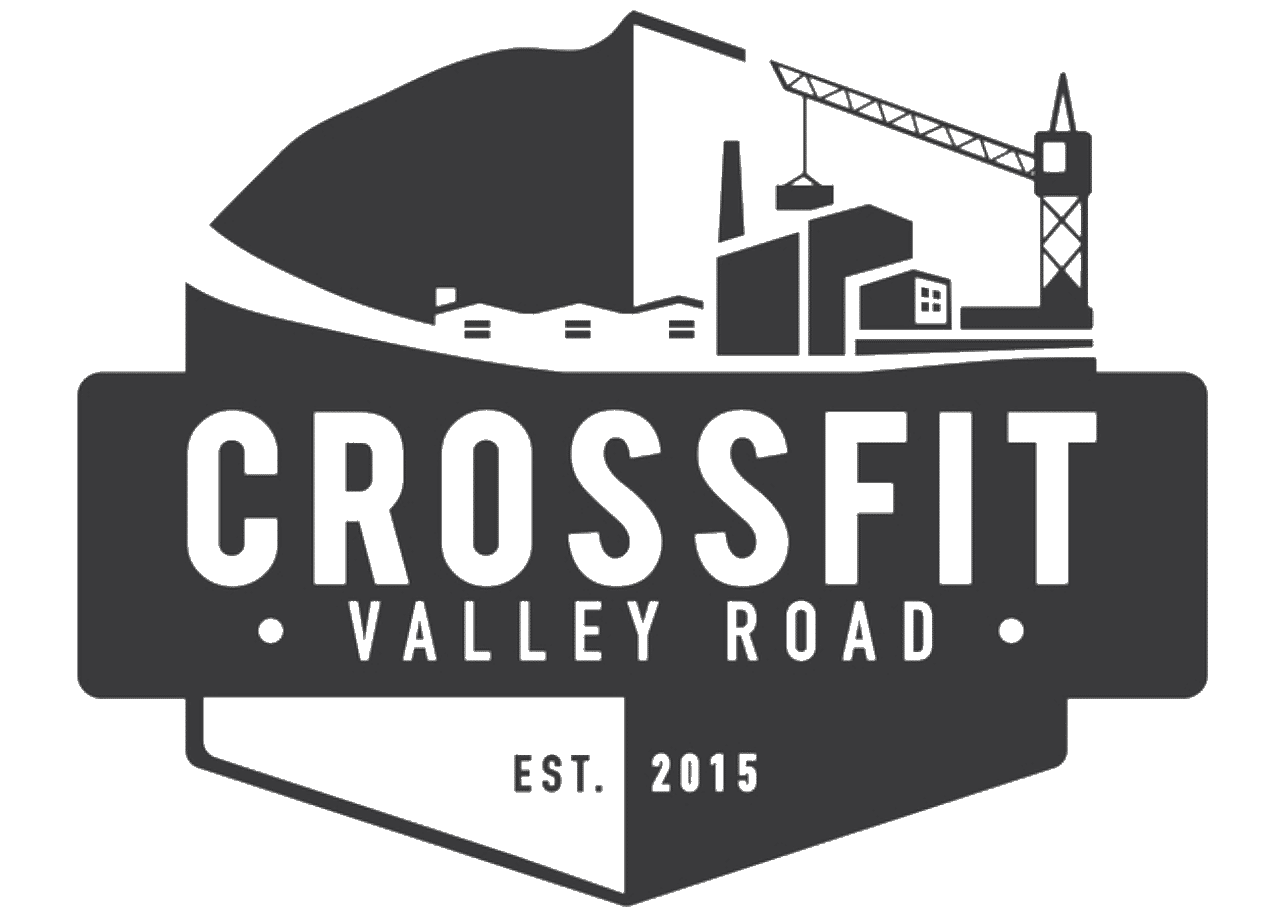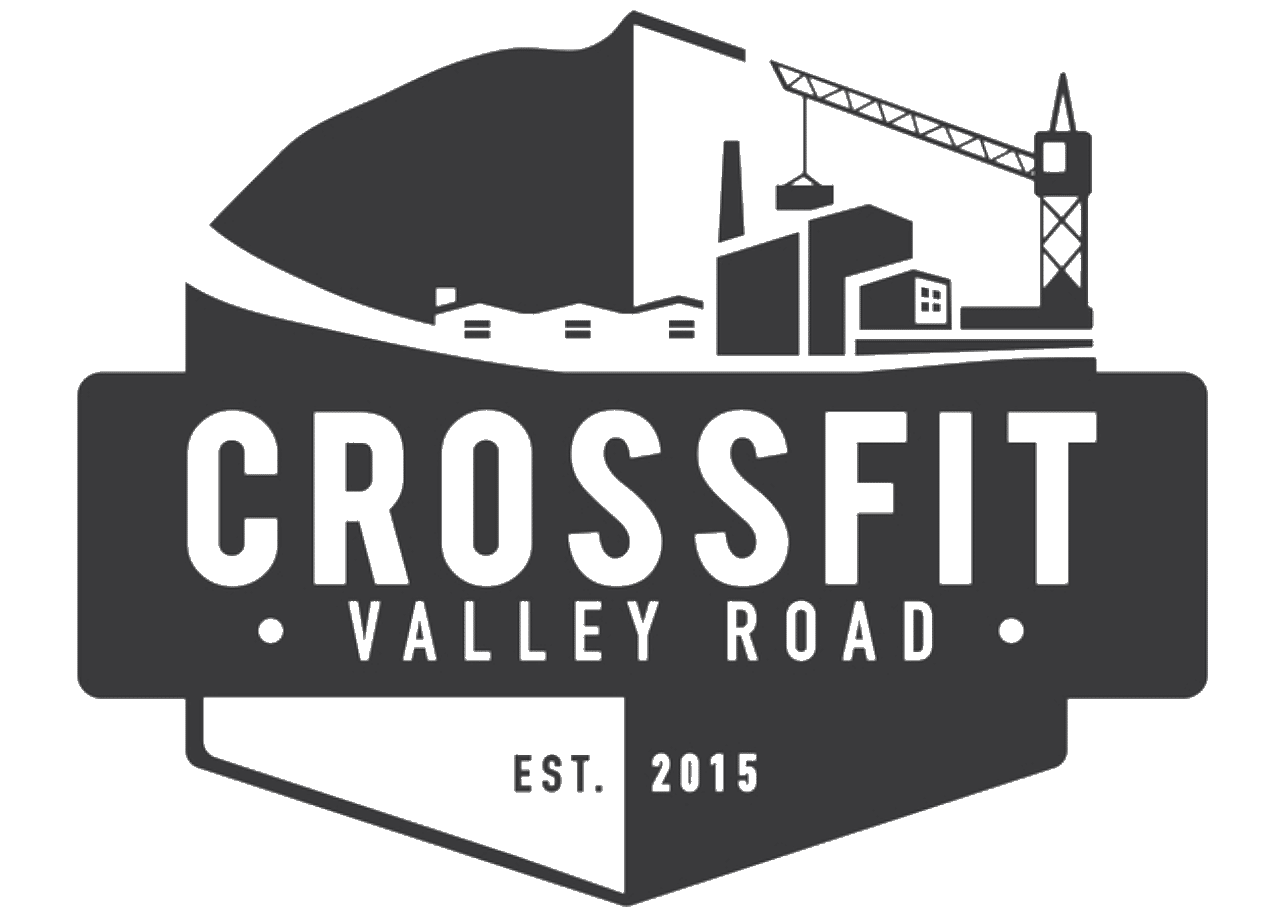Table of Contents:
1. Introduction: Why Post-Competition Recovery Matters
2. Phase 1: Immediate Recovery (0-48 Hours Post-Competition)
3. Phase 2: Active Recovery Week (3-7 Days Post-Competition)
4. Phase 3: Rebuilding and Training (2-4 Weeks Post-Competition)
5. Phase 4: Prepping for the Next Competition
6. Recovery Techniques to Optimize Performance
7. FAQs About CrossFit Recovery
8. Conclusion
1. Introduction: Why Post-Competition Recovery Matters
Competing in CrossFit is a physically and mentally demanding endeavor. Without proper recovery, athletes risk overtraining, injury, and burnout. Post-competition recovery allows your body to repair and adapt, ensuring you come back stronger for future training and competitions.
This guide breaks down recovery into four structured phases, focusing on when and how to resume training and prepare for your next event. We’ll also explore proven recovery techniques supported by data and expert insights.
2. Phase 1: Immediate Recovery (0-48 Hours Post-Competition)
Objectives:
• Reduce inflammation.
• Rehydrate and replenish energy stores.
• Prioritize rest.
Strategies:
• Hydration: Consume electrolyte-rich fluids to rehydrate. Aim for at least 1.5 times the weight lost during the event. Learn more about hydration.
• Nutrition: Focus on high-quality carbohydrates, lean proteins, and anti-inflammatory foods like fatty fish and leafy greens.
• Sleep: Aim for 8-10 hours of sleep to enhance recovery. The science behind sleep and recovery.
• Light Movement: Engage in gentle stretching or walking to promote blood flow without adding strain.
Video Resource:
Mobility Routine (15-minute guided session)
3. Phase 2: Active Recovery Week (3-7 Days Post-Competition)
Objectives:
• Gradually reintroduce movement.
• Maintain mobility and flexibility.
• Monitor fatigue and soreness.
Strategies:
• Low-Intensity Workouts: Focus on activities like swimming, cycling, or yoga. Keep intensity below 60% of your max effort.
• Mobility Work: Dedicate 15-20 minutes daily to foam rolling, dynamic stretches, and joint mobilization.
• Track Your Recovery: Use apps like WHOOP or Garmin to monitor heart rate variability (HRV) and sleep quality.
Evidence:
A study in the Journal of Sports Medicine highlights that active recovery reduces lactic acid buildup and accelerates muscle repair. Read the study.
4. Phase 3: Rebuilding and Training (2-4 Weeks Post-Competition)
Objectives:
• Regain strength and endurance.
• Address weaknesses identified during competition.
• Build a base for future training.
Strategies:
• Strength Training: Start with lighter loads and progressively increase intensity.
• Skill Work: Focus on technical movements such as gymnastics or Olympic lifts.
• Conditioning: Incorporate interval-based cardio to rebuild stamina.
Sample Week Plan:
• Monday: Low-volume weightlifting + mobility.
• Wednesday: Gymnastics skills + moderate conditioning.
• Friday: Aerobic session (e.g., row 5k at a steady pace).
5. Phase 4: Prepping for the Next Competition
Objectives:
• Transition into a competition-specific training plan.
• Maintain recovery habits to avoid overtraining.
• Focus on mental preparation.
Strategies:
• Deload Weeks: Schedule deloads every 3-4 weeks to manage fatigue.
• Simulate Events: Practice workouts similar to your upcoming competition.
• Mental Prep: Use visualization techniques and mindfulness to enhance focus.
6. Recovery Techniques to Optimize Performance
1. Massage Therapy: Enhances blood flow and reduces DOMS (delayed onset muscle soreness).
2. Compression Gear: Helps with circulation and reduces swelling.
3. Meditation and Breathwork: Improves mental recovery and stress management.
7. FAQs About CrossFit Recovery
Q: How soon can I start training again after a competition?
A: It’s best to wait at least 3-7 days before resuming moderate-intensity training, depending on your recovery rate.
Q: Can I prepare for another competition immediately?
A: Yes, but ensure you’ve gone through a structured recovery process to avoid overtraining.
8. Conclusion
Post-competition recovery is essential for long-term performance and health. By following the structured phases outlined here, you can ensure optimal recovery while preparing for your next challenge. Remember, recovery isn’t just about rest—it’s an active process requiring proper nutrition, movement, and mental focus. Ready to level up your recovery game? Start implementing these strategies today and watch your performance soar!




